What's New
Displaying results 1931 - 1940 of 4899
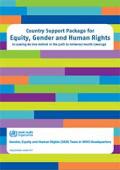
Resource | Publications,
The Sustainable Development Goals (SDGs) mark an unprecedented commitment to “leaving no one behind” (LNB) and the articulation of the importance of addressing vulnerabilities and discrimination on a global scale.
As part of its contribution to LNB, the Gender, Equity and Human Rights (GER) Team in conjunction with other WHO Departments, has outlined four components of a Country Support Package, which provide country-level support to LNB and benefit health information systems, national health policies and strategies, and national health programmes.
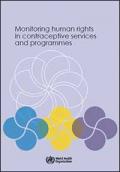
Resource | Tools,
This tool for Monitoring human rights in contraceptive services and programmes contributes to the World Health Organization’s (WHO’s) ongoing work on rights-based contraceptive programmes.
This tool is intended for use by countries to assist them in strengthening their human rights efforts in contraceptive programming. The tool uses existing commonly-used indicators to highlight areas where human rights have been promoted, neglected or violated in contraceptive programming; gaps in programming and in data collection; and opportunities for action within the health sector and beyond, including opportunities for partnership initiatives.
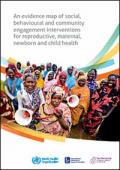
Resource | Publications,
Social, behavioural and community engagement (SBCE) interventions are key to empowering individuals, families and communities to contribute to better health and well-being of women, children and adolescents. Policy-makers and development practitioners need to know which interventions work best.
This document provides an evidence map of existing research into a set of selected SBCE interventions for reproductive, maternal, newborn, and child health (RMNCH), the fruit of a collaboration between the WHO, the Partnership for Maternal, Newborn & Child Health (PMNCH) and the International Initiative for Impact Evaluations (3ie), supported by other partners. It represents an important way forward in this area, harnessing technical expertise, and academia to strengthen knowledge about the evidence base.
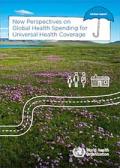
Resource | Publications,
This WHO global health financing report summarizes the latest internationally comparable data on health spending in all WHO Member States between 2000 and 2015. But it does more than publish the most recent data. For the first time the report uses the new international classification for health expenditures in the revised System of Health Accounts. This new framework enables the presentation of detailed information on the role of governments, households and donors in funding health services, and the financing arrangements through which these funds are channelled and spent.
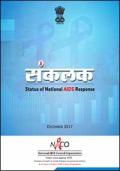
Resource | Publications,
(Sankalak), a bulletin of Monitoring, Evaluation and Surveillance division, aims to report progress of the national AIDS response on select key indicators including the ones which are used to monitor the 2020 Fast-Track targets. It summarizes the data on epidemic, at national and State level, and shows progress made under the prevention, testing and treatment programme for financial year (FY) 2016-17. Sankalak is a response to the critical need for systematic analysis and dissemination of progress on indicators to stakeholders, including policy-makers, programme managers and technical staff in the National AIDS Control Programme (NACP).
Resource | Publications,
Universal health coverage (UHC) means that all people can obtain the health services they need without suffering financial hardship. This report looks at how many people globally lack access to essential health services and how many are pushed into poverty or spending too much of their household budgets on health care expenses. It shows that, although they may have access to some health services, more than half of the world’s more than 7.3 billion people do not receive all of the essential services they need. In terms of financial protection, over 800 million people spend at least 10 percent of their household budgets to pay for health care, and about 100 million people are pushed into extreme poverty due to their health expenditures.
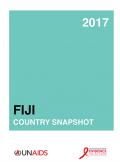
Resource | Reviews and Snapshots,
The country snapshot prepared by UNAIDS Regional Support Team for Asia and the Pacific and AIDS Data Hub provides information on the HIV epidemic and response in Fiji country.
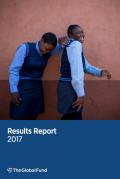
Resource | Publications,
This report highlights the great achievements that have been made by the Global Fund partnership, supporting programs that have saved more than 22 million lives, while building healthier communities and stronger economies. We have bent the trend lines of tuberculosis and malaria – two of humanity’s ancient foes – and we have prevented AIDS from reaching its catastrophic potential.
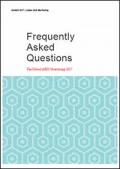
Resource | Tools,
This document provides answers to questions that have been received frequently from UN staff, their national counterparts, and the global reporting focal points.
For more information on the Global AIDS Monitoring, please visit website (www.unaids.org/aidsreporting), or email us at aidsreporting@unaids.org.
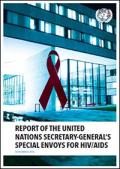
Resource | Publications,
The Sustainable Development Goals (SDGs) are underpinned by the need for greater partnership and an interconnected approach to development - a central lesson from the AIDS response and critical requirement to successfully Fast-Track towards the end of AIDS. This document is a report of the United Nations Secretary-General Special Envoys for HIV/AIDS.





